Find Any Kiosk Machine You Need And Contact Lean Kiosk Now
All Products
Select Any Product
- Request A Quote Now

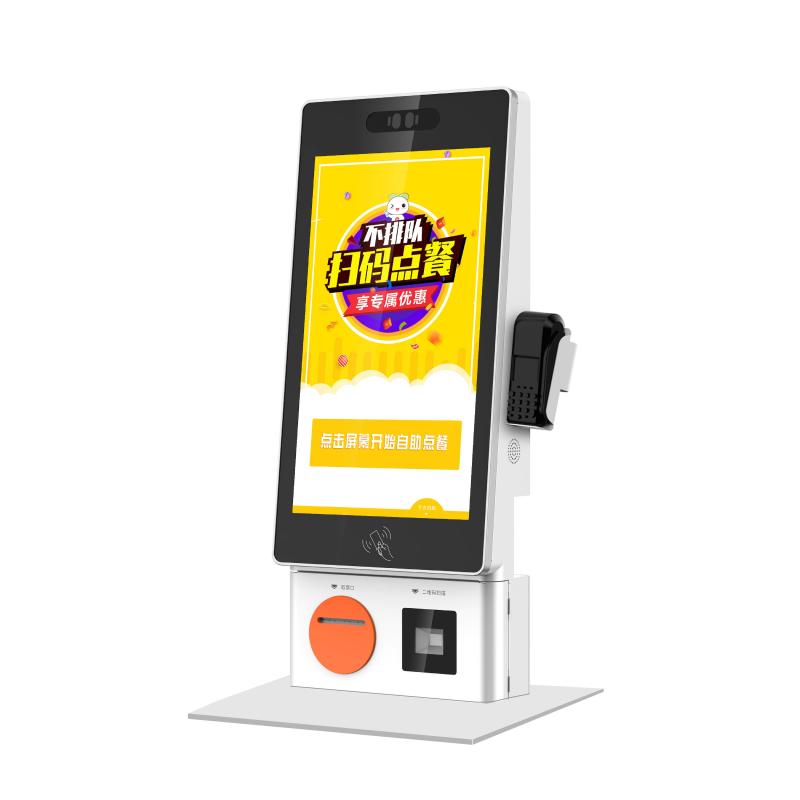
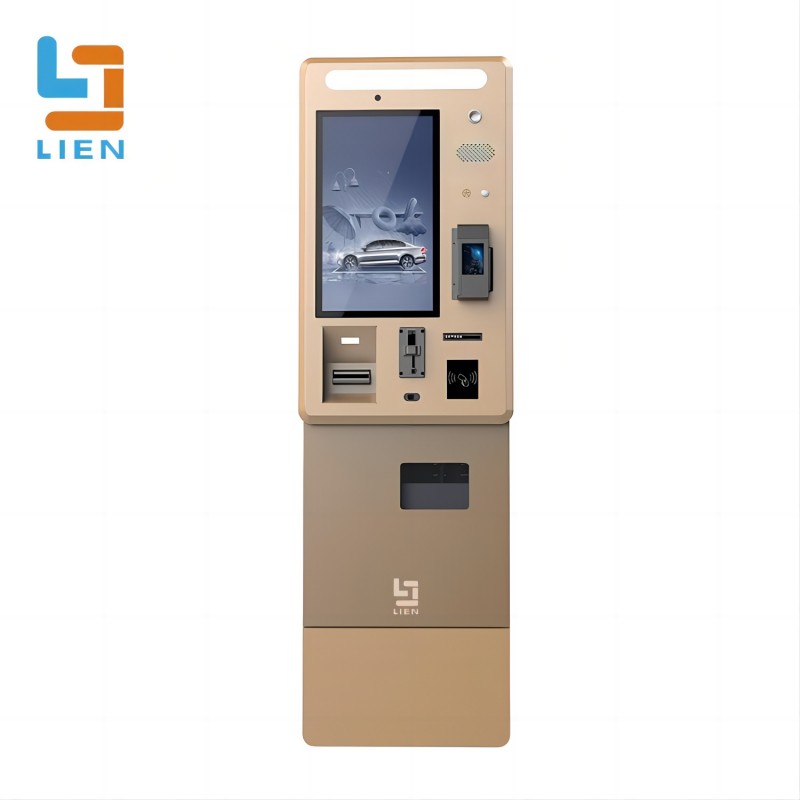
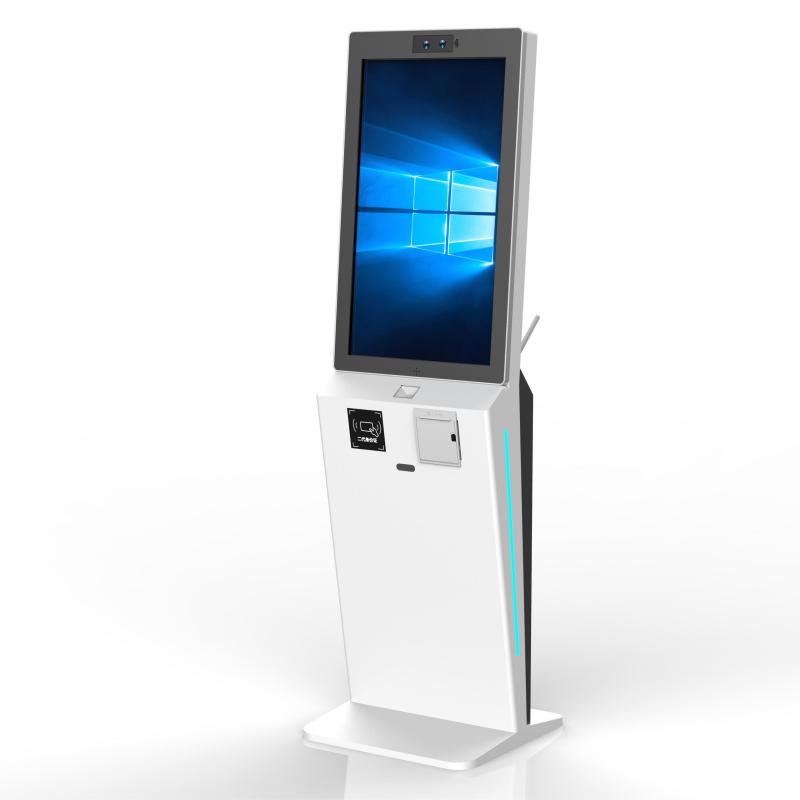
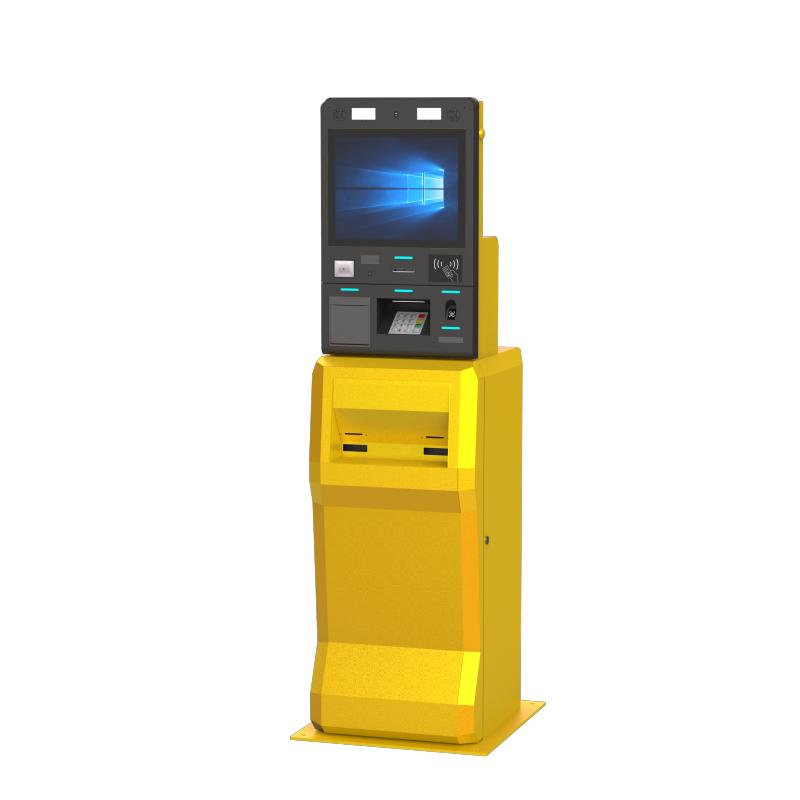

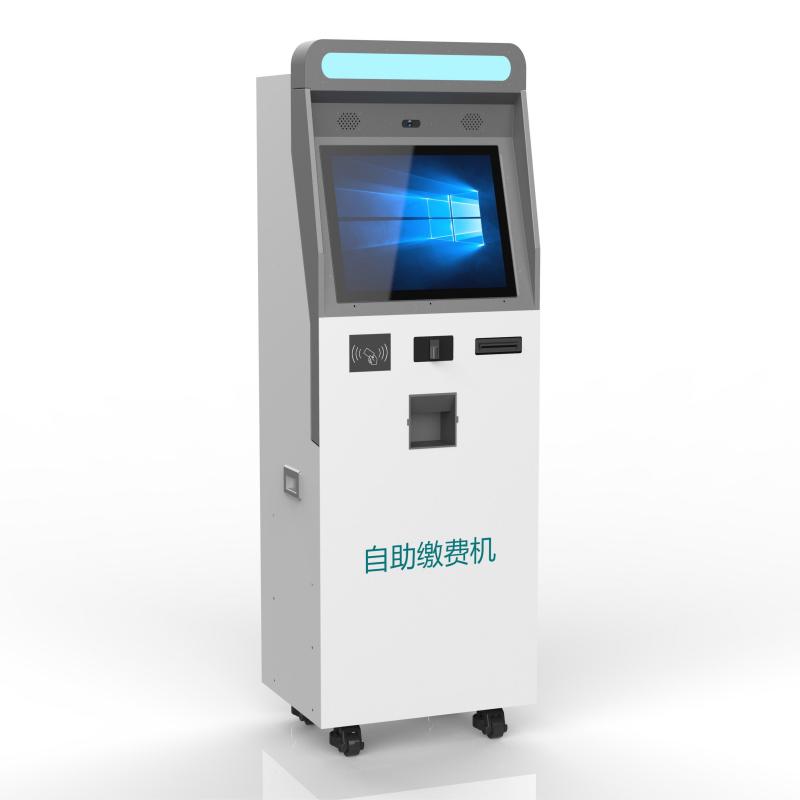
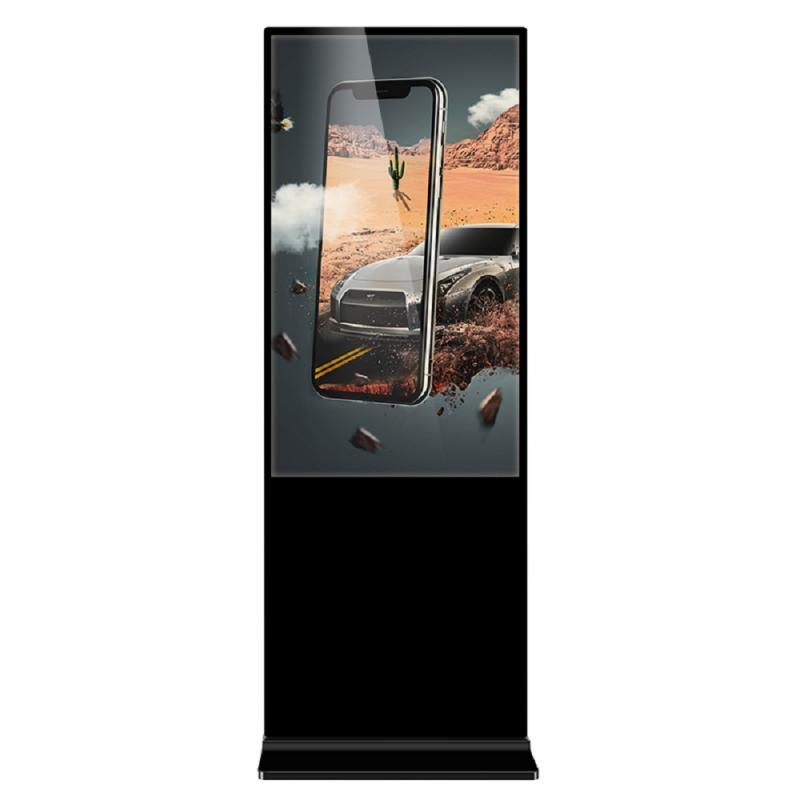
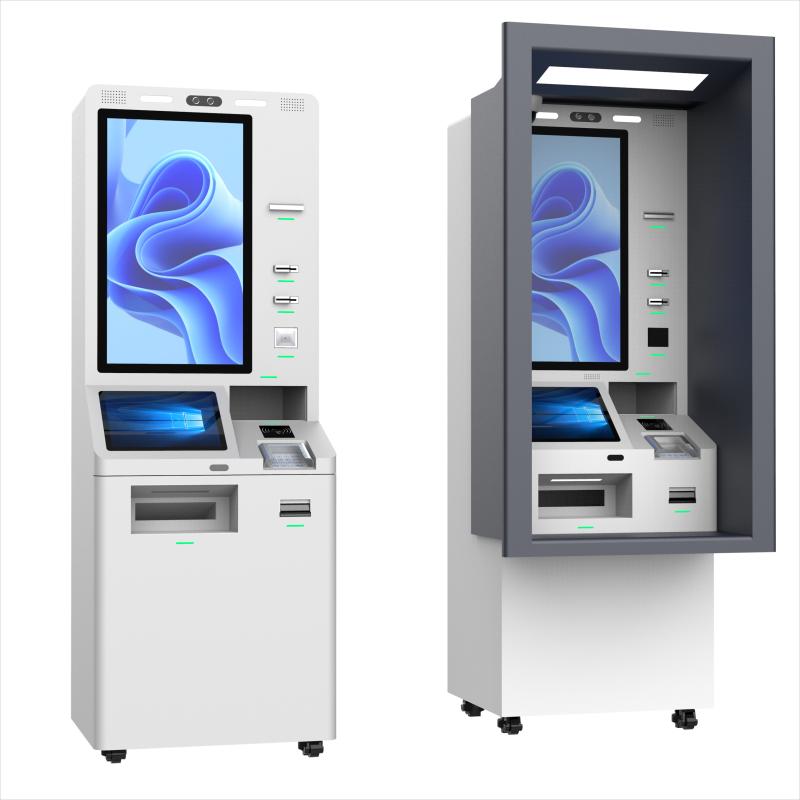
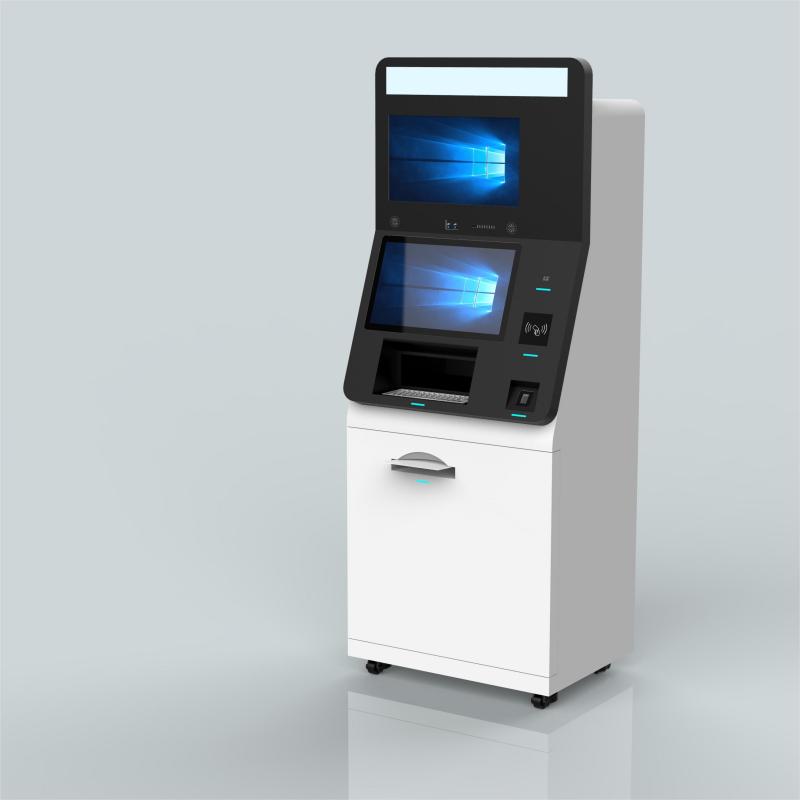
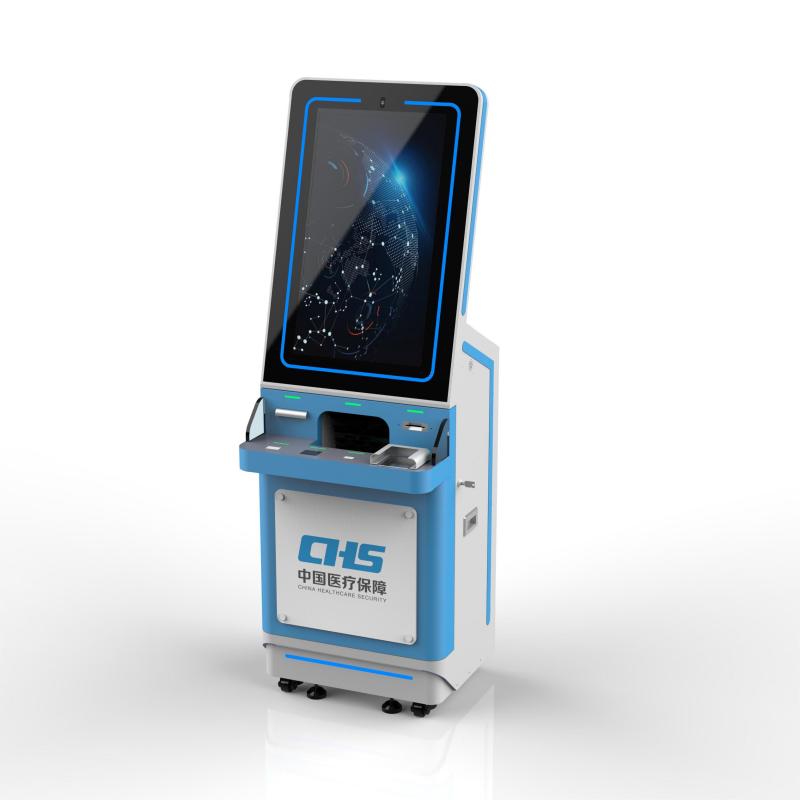

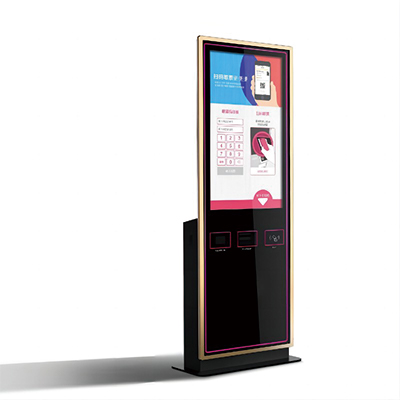

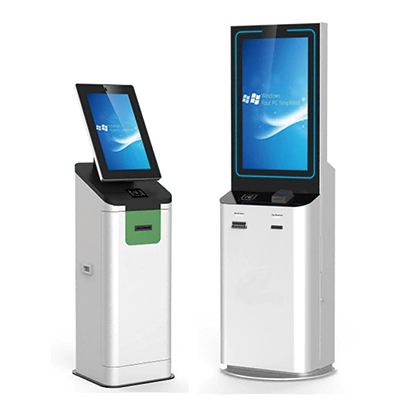

What did our happy clients say?
The kiosk touchscreen we purchased exceeded our expectations! Its responsiveness and clarity have greatly enhanced our customer interactions, making self-service more efficient and engaging. Highly recommend for any business looking to upgrade your kiosks.
Our new kiosk touchscreens have been a game-changer. The display is sharp, and the touch response is flawless. Installation was smooth, and the durability in our high-traffic area has been impressive. We couldn't be happier with this investment.
We recently upgraded to these touchscreens for our self-ordering kiosks, and the difference is night and day. The anti-glare feature is fantastic, even in bright lighting. Our customers love the intuitive experience. Excellent quality and value!
The kiosk touchscreen we installed in our outdoor setup performs remarkably well. It's highly responsive, even in harsh weather conditions, and the brightness is perfect for all times of day. A solid choice for any business needing reliability and durability.